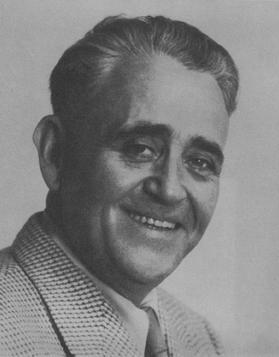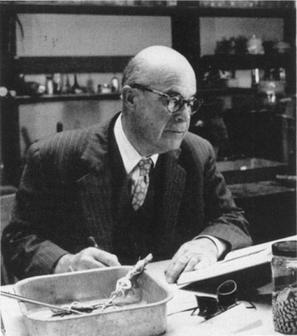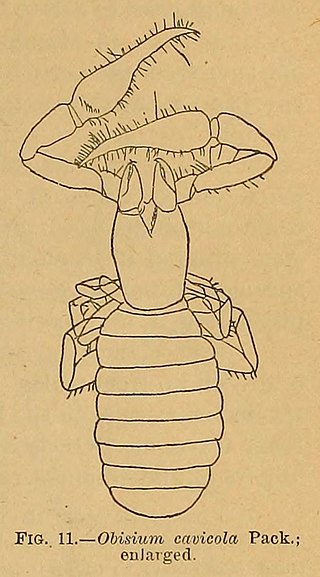
Pseudoscorpions, also known as false scorpions or book scorpions, are small, scorpion-like arachnids belonging to the order Pseudoscorpiones, also known as Pseudoscorpionida or Chelonethida.

Joseph Conrad Chamberlin was an American arachnologist who studied mainly pseudoscorpions. A native of Utah, he studied primarily at Stanford University while working most of his career in Oregon for the U.S. Department of Agriculture. Several species are named in his honor.

Chthoniidae is a family of pseudoscorpions within the superfamily Chthonioidea. The family contains more than 600 species in about 30 genera. Fossil species are known from Baltic, Dominican, and Burmese amber. Chthoniidae now includes the former families Tridenchthoniidae, and Lechytiidae which has been demoted to subfamilies.
Ditha is a genus of pseudoscorpions in the family Chthoniidae. There are about 14 described species in Ditha.

Joseph Richard Slevin was an American herpetologist and the second curator of herpetology at the California Academy of Sciences, with which he was affiliated for over 50 years. He collected reptile and amphibian specimens from around the world, notably in the Galápagos Islands in a 17-month expedition, and was largely responsible for re-growing the academy's herpetological collection following its destruction in the 1906 San Francisco earthquake. He wrote or co-wrote nearly 60 scientific papers, and is commemorated in the scientific names of over a dozen species or subspecies of animals and plants.
Cryptocheiridium is a genus of pseudoscorpions in the Cheiridiidae family. It was described in 1931 by American arachnologist Joseph Conrad Chamberlin.

Garypus is a genus of pseudoscorpions in the family Garypidae. It was described by German arachnologist Ludwig Carl Christian Koch in 1873. The species are found mainly in tropical and subtropical areas, where they occupy supralittoral and littoral zones in seashore habitats.
Hesperochernes is a genus of pseudoscorpions in the family of Chernetidae.

Chitrella is a genus of pseudoscorpions in the family of Syarinidae.
Austrochthonius is a genus of pseudoscorpions in the family Chthoniidae. It was described in 1929 by American arachnologist Joseph Conrad Chamberlin.
Sathrochthonius tuena is a species of pseudoscorpion in the Chthoniidae family. It is endemic to Australia. It was described in 1962 by American arachnologist Joseph Conrad Chamberlin.
Hyidae is a family of pseudoscorpions. It was described in 1930 by American arachnologist Joseph Conrad Chamberlin. Habitats include plant litter and caves. They are found in South and Southeast Asia, Madagascar, and Australia.
Synsphyronus gigas is a species of pseudoscorpion in the Garypidae family. It is endemic to Australia. It was described in 1971 by Austrian arachnologist Max Beier.
Synsphyronus absitus is a species of pseudoscorpion in the Garypidae family. It is endemic to Australia. It was described in 1987 by Australian arachnologist Mark Harvey. The specific epithet absitus refers to its widespread distribution.
Metawithius is a genus of pseudoscorpions in the Withiidae family. It was described in 1931 by American arachnologist Joseph Conrad Chamberlin.
Philomaoria is a genus of pseudoscorpions in the Cheliferidae family. It was described in 1931 by American arachnologist Joseph Conrad Chamberlin.
Afrosternophorus hirsti is a species of pseudoscorpion in the Sternophoridae family. It was described in 1932 by American arachnologist Joseph Conrad Chamberlin. The specific epithet honours Dr F. S. Hirst who collected the holotype.
Pseudochiridium is a genus of pseudoscorpions in the Pseudochiridiidae family. It was described in 1906 by Danish arachnologist Carl Johannes With.
Solinus is a genus of pseudoscorpions in the Garypinidae family. It was described in 1930 by American arachnologist Joseph Conrad Chamberlin.
Solinus australiensis is a species of pseudoscorpion in the Garypinidae family. It is endemic to Australia. It was described in 1930 by American arachnologist Joseph Conrad Chamberlin.





